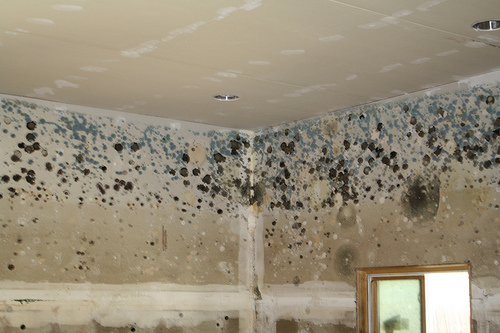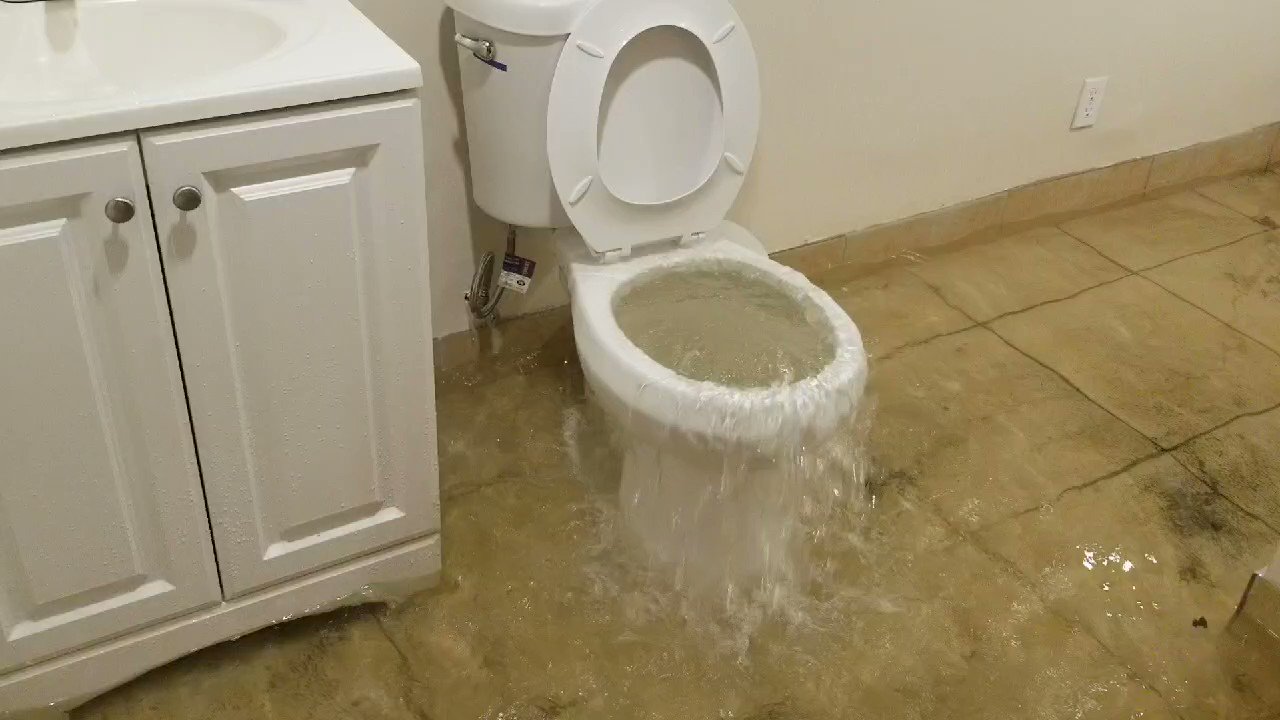Factors Behind Bathroom Water Deterioration
Factors Behind Bathroom Water Deterioration
Blog Article
Were you on the lookout for know-how concerning How to Repair and Prevent Bathroom Water Damage??

Water damage often occurs in the restroom as a result of the water used everyday. Occasionally, the damage could be a little mold from the shower. Various other times, it's large damages on your flooring. Whatever it is, it is constantly excellent to recognize the cause and prevent it before it occurs.
This overview will certainly undergo a few of the typical root causes of water damage in the restroom. We will also analyze what you can do to avoid these reasons from damaging your shower room. Allow's dive in.
These are the usual reasons you would certainly have water damage in your restrooms as well as just how you can spot them:
Excess Wetness
It's trendy to have that long shower and sprinkle water while you hem and haw and also imitate you're performing, but often these acts can create water damage to your washroom.
Splashing water around can trigger water to go to corners and develop mold and mildews. Enjoy exactly how you spread out excess wetness around, and when you do it, clean it up to stop damages.
Cracks in your wall ceramic tiles
Washroom wall surface floor tiles have actually been specially developed for that objective. They secure the wall surface from wetness from individuals taking showers. However, they are not indestructible.
Often, your bathroom wall ceramic tiles fracture and enable some moisture to permeate right into the wall. This can possibly damage the wall surface if you do not take any type of activity. If you discover a crack on your wall surface ceramic tiles, repair it immediately. Do not wait until it ruins your wall.
Overflowing commodes and sinks
As human beings, often we make mistakes that might cause some water damage in the shower room. For instance, leaving your sink faucet on could trigger overruning and damages to various other parts of the washroom with dampness.
Additionally, a malfunctioning commode could trigger overflowing. For example, a busted toilet handle or various other parts of the cistern. When this happens, it might damage the floor.
As soon as you see an overruning sink or commode, call a plumber to assist take care of it immediately.
Ruptured or Dripping Pipes
There are lots of pipelines bring water to various parts of your washroom. Some pipes take water to the toilet, the sink, the faucets, the shower, and numerous other areas. They crisscross the small location of the washroom.
From time to time, these pipelines can obtain rusty and burst. Other times, human action could trigger them to leak. When this happens, you'll find water in the corners of your shower room or on the wall surface.
To spot this, watch out for bubbling wall surfaces, mold and mildews, or mildew. Call an expert emergency situation plumbing technician to repair this when it takes place.
Roof covering Leaks
Often, the problem of water damage to the restroom could not originate from the bathroom. For instance, a roof leakage can cause damages to the shower room ceiling. You can find the damage done by taking a look at the water stains on the ceiling.
If you find water stains on your ceiling, check the roofing system to see if it's damaged. After that, call a professional to assist solve the issue.
Verdict
Water damage to your washroom can be bothersome. However, you can manage it if you avoid some of the reasons stated in this overview. Call an expert emergency plumber if you observe any serious damages.
How to Prevent Water Damage in Your Bathroom?
Water damage repair is an expensive, meticulous, and lengthy process. Unfortunately, bathrooms are the most susceptible rooms to water damage due to toilets, showers, and sinks. Pipes and fixtures wear out over time and are not immune to damage. But all is not lost, as there are ways to prevent water damage from occurring in your bathroom.
Check Your Plumbing
Nothing lasts forever, especially pipes, which can rust and begin leaking over time. You should periodically conduct pipe inspections and pay attention for any musty smells or water stains that may indicate you need water damage repair. Here are some things to check:
Frequently test valves for your toilet, shower, and sink to ensure they are properly working. Check faucet supply lines hidden under vanities and replace when needed. Replace cracked or deteriorating caulking along sinks, tubs, and showers. If you notice a clog in your sink, call in a professional. Since you can’t check the pipes in the wall, keep an eye out for stains, drywall bubbling, musty smells, and excess moisture; if the bathroom is on a second level, check the ceiling of the room directly below for these signs. Don’t Overwork Your Toilet
One of the most common reasons bathrooms need water damage repair is due to overflowing toilets. Save yourself the hassle of cleanup by being mindful and not pushing your toilet to extreme limits. If you have young children, it is especially important to keep an eye on them when they are in the bathroom and to teach them how to avoid clogging the toilet. Here are some more tips to help prevent your toilet from overflowing:
If you have a septic tank, only use septic-safe toilet paper Do not flush anything down the toilet besides toilet paper; items like diapers and sanitary napkins will clog the piping Pay attention to your toilet’s water level: If it’s low, it could mean it is partially clogged or that there is a crack in the toilet bowl https://www.alure.com/home-improvements-blog/resources/how-to-prevent-water-damage-in-your-bathroom

I came across that blog post on How to Repair and Prevent Bathroom Water Damage? when doing a lookup on the web. Sharing is nice. Helping others is fun. Thank-you for going through it.
Click Here Report this page